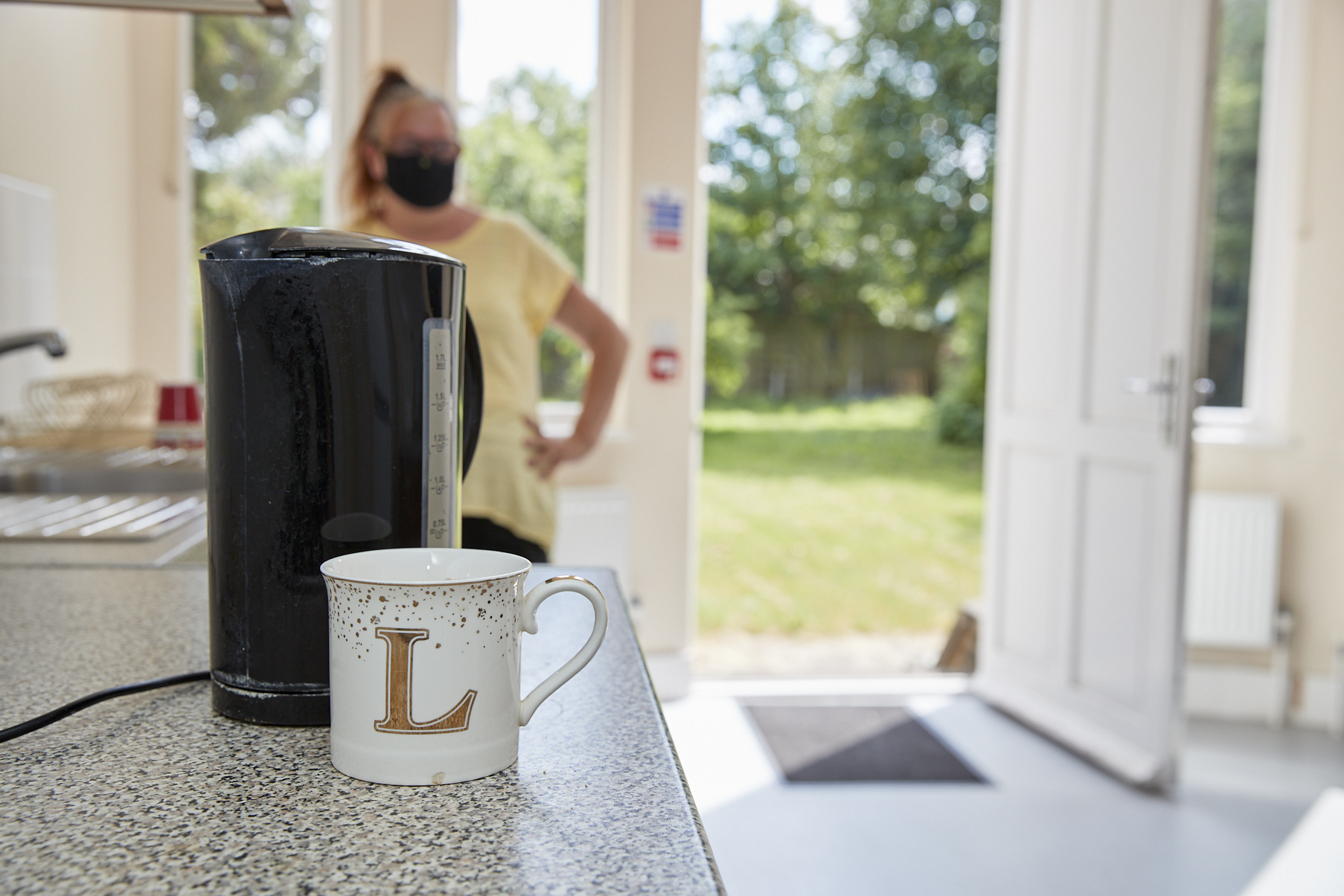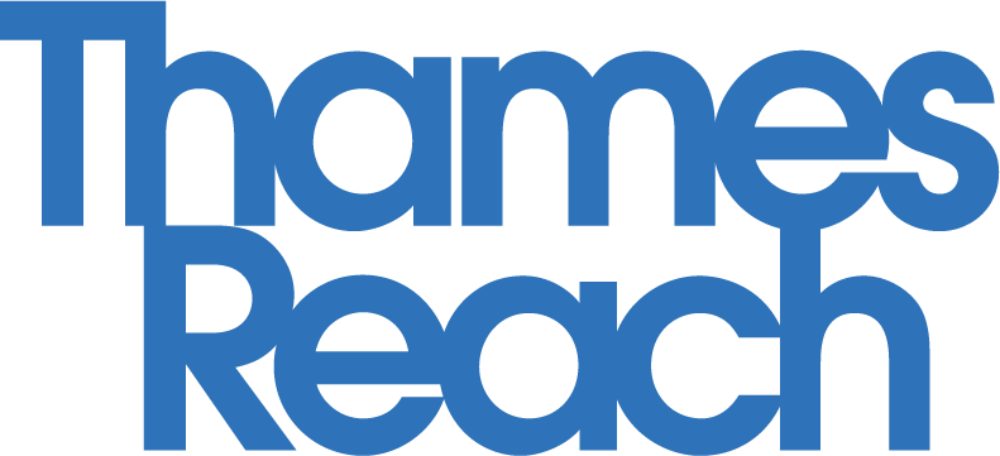Interview: Supporting homeless people in Hackney at The Greenhouse
Lead manager of The Greenhouse, Qasim Bandali, discusses new remote support for people experiencing homelessness in the borough of Hackney

As with all Thames Reach services, The Greenhouse in Hackney has adapted to ensure the best service can be provided to those experiencing homelessness, whilst respecting social distancing. We spoke to The Greenhouse lead manager, Qasim Bandali, who discusses the various needs of new clients in Hackney who are facing homelessness. We talk about how remote working has allowed the service to help more people with a wider range of needs.
Can you tell us about your service and what you do on a daily basis?
The Greenhouse is a single point of entry for homeless people in the London borough of Hackney. We get referrals from four main routes: self-referrals, those from external organisations such as the Job Centre; prisons and probation services, whereby we arrange to see clients from their day of release, and finally Homerton Hospital discharges, so there is a commitment on both sides to help the service user.
What is the process of helping service users once their referral to you has been successful?
We assess the client within three working days of receiving a referral. Clients will present from one of the pathways I mentioned and then we carry out a triage which usually takes thirty minutes before we book them in for a main assessment. At the moment there is a two-week waiting list for appointments, which we’re looking to reduce but with limited capacity in the building due to health and safety restrictions, this isn’t possible at the moment. Within The Greenhouse we work to HRA [The Homeless Reduction Act] 2018, so if a client is triaged and there is reason to believe that they will be homeless on the day, then we will request temporary or emergency accommodation straight away. We work closely with the temporary accommodation team within Hackney council. We can signpost elsewhere if they are not eligible, such as the Citizens Advice Bureau or Streetlink.
What happens at the appointment?
A housing officer will complete the assessment; if emergency accommodation is required it can be triggered with the council. The housing officer does all the relevant checks, in terms of ID, records, etc., in order to establish the local connection to Hackney. Any clients applying for supported living or hostel placements need to have been connected to Hackney for three years. If the need isn’t housing related, The Greenhouse can still provide assistance if they have had a connection to Hackney for six months of a twelve month period.
What is the client group you work with at The Greenhouse?
Increasingly it is low needs. Historically it has been the case that a lot of people coming through our doors have high or multiple support needs, but really we have an incredibly diverse group of clients. This is due to us being a collaborative project with Hackney council. We are a service for single people experiencing homelessness, so we don’t work with families or people with rent arrears, they would consult Hackney Service Centre, who work to keep clients in their properties.
What particular challenges have you faced in your project since lockdown?
Similar to other projects, we have moved to a completely remote service, with staff working from home and contacting people over the phone. In terms of space we are very small, so we could only meet with two clients at a time due to the size of our premises, but we now know we can offer the service well over the phone and work with more people. However the human face-to-face impact is a big part of what we do, from understanding body language to the personal touch of being in the same room as a client; all of which is very important to both clients and staff. Without these interactions we are unable to have people come to the service with their ID documents, so they are being emailed over instead, which has slowed things down.
Working with people remotely has been a positive learning curve. When things go back to normal, there are still clients we want to work with over the phone. For example people coming to us from the justice system can start working with us weeks before their release date if we have that level of contact.
What part of The Greenhouse’s recent work are you most proud of?
We have been able to house a lot of people in hostels with various needs, such as substance and alcohol dependency, mental and physical health support needs, and a lot of people into the private rented sector. We are learning from the work we’ve done well, and developing this so we can help more people into their own accommodation.
How does The Greenhouse work collaboratively?
Our work wouldn’t be possible without our strong connections in the community and within Thames Reach; internally we work with Hackney SORT, who do outreach working with people who have been rough sleeping in the borough. They often bring them to The Greenhouse to be assessed. We also work with TST (Tenancy Sustainment Teams) for information about tenancies. We have our own liaison officer at Homerton Hospital; he will do triage for any client due to be discharged from the hospital. Risk assessments and referrals will be done there too.
Looking to the future, what does your project need to continue providing the best support?
As with many other projects similar to ours, more resources would always be good. We are, in due course, looking to recruit volunteers to help with project work. As I said, we have good relationships with external organisations but we can always build on them and make them stronger. This includes drug and alcohol services, mental health agencies, and other various charity organisations in Hackney like the food banks, social services, occupational therapy and housing supply teams.
